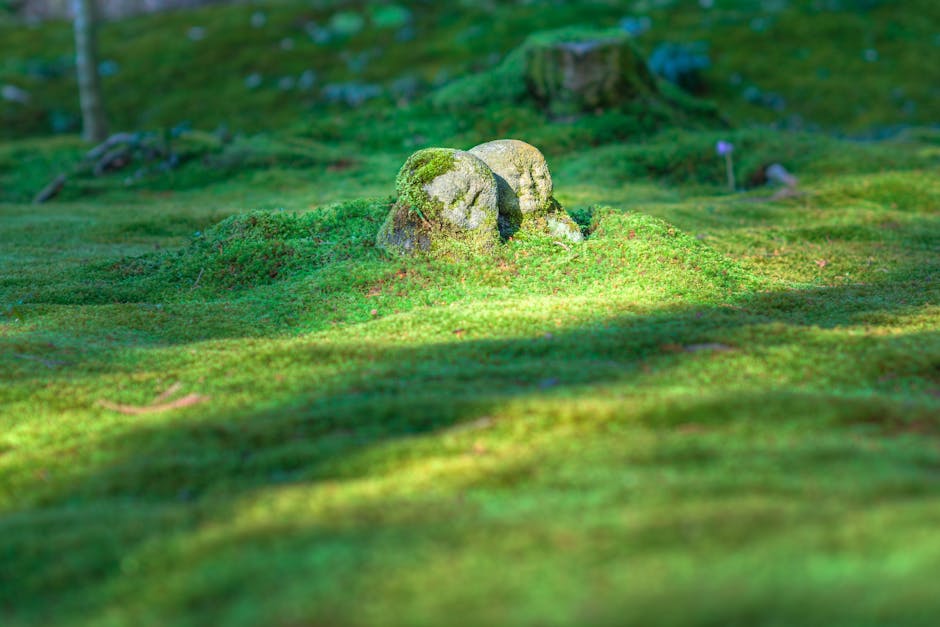
In the heart of Fukui Prefecture, the city of Tsuruga is experiencing a surge in popularity, thanks to an unlikely hero: a character named "W Gyo-bu." This captivating figure, a motif of the legendary Sengoku warrior Otani Yoshitsugu, is not merely a mascot; it's a vibrant bridge connecting the present-day PR efforts of Tsuruga with the dramatic, loyalty-filled annals of Japan's Warring States period. Let us journey back in time and uncover the man behind the popular character, exploring the battles, the strategies, and the enduring spirit that continues to captivate audiences today.
The Enigmatic Warrior: Otani Yoshitsugu
To understand the appeal of "W Gyo-bu," we must first meet Otani Yoshitsugu himself. Born into an era of relentless conflict and shifting allegiances, Yoshitsugu carved a reputation as a brilliant strategist and a man of unwavering loyalty. Though often overshadowed by more flamboyant figures like Oda Nobunaga or Toyotomi Hideyoshi, Yoshitsugu's story is one of profound honor and tragic heroism. He was known for his sharp intellect, his ability to discern the tide of battle, and a deep, almost legendary, friendship with Ishida Mitsunari, another key figure of the era.
However, Yoshitsugu also carried a heavy burden: a debilitating illness, often believed to be leprosy, which forced him to wear a white hood or mask, concealing his face. This physical challenge did not diminish his strategic prowess; rather, it seemed to temper his spirit, forging a warrior whose decisions were driven by deep conviction rather than personal glory. It is this blend of strategic genius, profound loyalty, and an air of poignant mystery that makes Otani Yoshitsugu such a compelling figure, and an ideal motif for a character like "W Gyo-bu" in Tsuruga, Fukui.
The Crossroads of Destiny: Sekigahara and Unbreakable Bonds
Our journey to the past brings us to the year 1600, the precipice of a defining moment in Japanese history: the Battle of Sekigahara. This colossal clash would decide the fate of Japan, pitting the Eastern Army under Tokugawa Ieyasu against the Western Army led by Ishida Mitsunari. Otani Yoshitsugu, despite his debilitating illness and a clear understanding of the Western Army's tactical disadvantages, chose to stand by his friend Mitsunari.
Historians tell of Yoshitsugu's initial pleas to Mitsunari, urging him against engaging Ieyasu at Sekigahara, highlighting the strategic flaws in their plan. Yet, when Mitsunari refused to yield, Yoshitsugu, demonstrating a loyalty that transcends mere military obligation, declared, "If I join the Eastern Army, I would become a rich man. But I do not wish to be called a man who abandons his friend. I will fight with Mitsunari, even if it means certain death."
On the fateful day, Yoshitsugu positioned his forces strategically. Despite his illness, he commanded his troops with remarkable skill, pushing back waves of Eastern Army assaults. The battle, however, turned on a cruel twist of fate: the betrayal of Kobayakawa Hideaki, who was supposed to be a Western Army ally, but instead turned his forces against Yoshitsugu's flank. Caught between two powerful forces, Yoshitsugu's army was overwhelmed. Rather than face capture and dishonor, he committed seppuku, ensuring his head would not fall into enemy hands. His final act was a testament to his unwavering samurai spirit and his ultimate devotion to his chosen path.
Tsuruga's Enduring Connection to a Loyal Lord
Tsuruga, the vibrant city in Fukui Prefecture, holds a special place in the narrative of Otani Yoshitsugu. For a period, Yoshitsugu served as the lord of Tsuruga Castle, making him an integral part of the region's history. His presence in Tsuruga left a lasting impact, even as the tides of the Sengoku period swept him to Sekigahara. This historical link provides a genuine foundation for Tsuruga to embrace Yoshitsugu as a symbol of its heritage and character.
Today, the city leverages this rich history to attract visitors and foster a sense of local pride. The "W Gyo-bu" character, drawing its motif directly from Otani Yoshitsugu, is a clever and effective way to achieve this. It’s a playful yet respectful nod to a figure whose story embodies virtues like loyalty, strategic thinking, and resilience – qualities that resonate across centuries.
"W Gyo-bu": Bringing History to Life for Modern PR
The popularity of "W Gyo-bu" is a testament to the power of connecting history with contemporary appeal. As the news headline suggests, this character, based on the Sengoku warrior Otani Yoshitsugu, is proving to be a highly successful tool in boosting Tsuruga, Fukui's PR efforts. By taking a historical figure known for his loyalty and strategic brilliance, and giving him a modern, engaging form, Tsuruga is making its history accessible and exciting for a new generation.
The character helps to tell Yoshitsugu's dramatic story, not just as a dusty historical fact, but as a living legacy. It encourages both locals and tourists to delve deeper into the Sengoku period, to visit historical sites in Tsuruga, and to appreciate the profound tales embedded in Japan's landscape. The "W Gyo-bu" character successfully translates the gravitas of a Sengoku general into an approachable icon, demonstrating how historical narratives, when presented creatively, can significantly contribute to regional revitalization and cultural promotion.
The Undying Spirit of the Sengoku Era
The story of Otani Yoshitsugu, brought to life through Tsuruga, Fukui's popular "W Gyo-bu" character, reminds us that history is not merely a collection of dates and names. It is a tapestry woven with human drama, strategic genius, profound loyalty, and tragic choices. Yoshitsugu's spirit of unwavering devotion, tested at the ultimate crossroads of Sekigahara, continues to resonate, inspiring and engaging audiences centuries later.
Through innovative PR initiatives like "W Gyo-bu," places like Tsuruga are ensuring that the echoes of the Sengoku period are not lost to time, but instead, continue to enrich and uplift the present, proving that even in our modern world, the tales of ancient warriors still hold immense power to captivate and connect.
Comments
Post a Comment